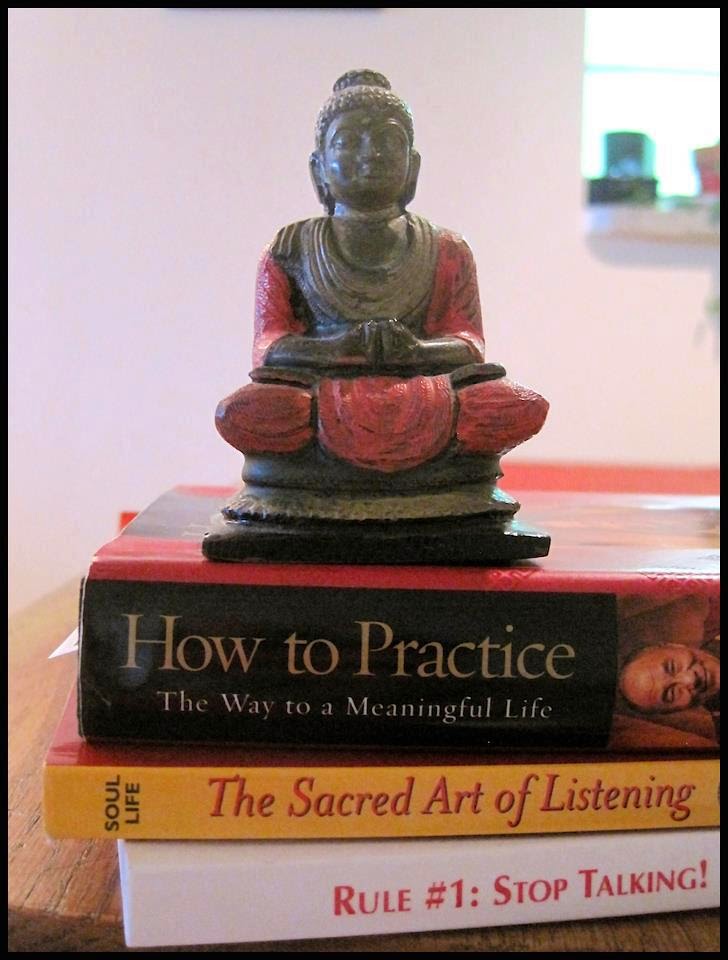 Before there was digital social networking––YouTube, Skype, Facebook, or Instagram there was vintage social networking––Brownie Kodak moments, letters, and postcards. I arrive at this as I finished the scrapbook of treasured memories from our Colorado River Rafting trip through the Cataract Canyon last year about this time. In the bag of ticket stubs, photos, clipped local headlines, and other talismans of that stupendous experience (please see Pot o'Gold), I included a small bag of postcards gathered up from a lunch experience. The out-of-the-way food spot sold delicious food, but also an array of local vintage "stuff." After riffling through a collection of utilitarian finds, I found two deep (length) boxes with postcards. Postcards rubber-banded to distinguish one cache from another. Postcards from separate families, all written upon and stamped. All addressed to various Moab, UT, addresses. Postcards containing familial, and not-familial news. Postcards that measured the passage of lives and time (from the 1960s through the 1970s).
Before there was digital social networking––YouTube, Skype, Facebook, or Instagram there was vintage social networking––Brownie Kodak moments, letters, and postcards. I arrive at this as I finished the scrapbook of treasured memories from our Colorado River Rafting trip through the Cataract Canyon last year about this time. In the bag of ticket stubs, photos, clipped local headlines, and other talismans of that stupendous experience (please see Pot o'Gold), I included a small bag of postcards gathered up from a lunch experience. The out-of-the-way food spot sold delicious food, but also an array of local vintage "stuff." After riffling through a collection of utilitarian finds, I found two deep (length) boxes with postcards. Postcards rubber-banded to distinguish one cache from another. Postcards from separate families, all written upon and stamped. All addressed to various Moab, UT, addresses. Postcards containing familial, and not-familial news. Postcards that measured the passage of lives and time (from the 1960s through the 1970s).
I scooped up four collections, glad for the richness that had fallen like golden apples into my lap. I would have to dissect the cards after the afternoon hike, and stuffed them into my backpack.
Later that night in the hotel room after a shower. I retrieved and pored over them. The postcards gave me a window into someone else's life––or lives. Their postage rates ranged from 4c to an astronomical 13c. All cards were written in cursive penmanship. Several held a continued story.
 |
| Y. P. Renfro |
Around the same time that I read the above, I also read The Guernsey Literary and Potato Peel Pie Society by Mary Ann Shaffer and Annie Barrows. It's a novel and not a short story, and as such uses the medium of letters to propel the tale of the island of Guernsey during the German Occupation, and of a society on the island that copes in a decidedly different way with its predicament.
While moving through my days, I'm thinking what I can do with a collection of postcards from Utah from various people who have longed passed, but who have left snippets of their lives in my hands. I'm working on it. I'm working on it. Stay tuned.































